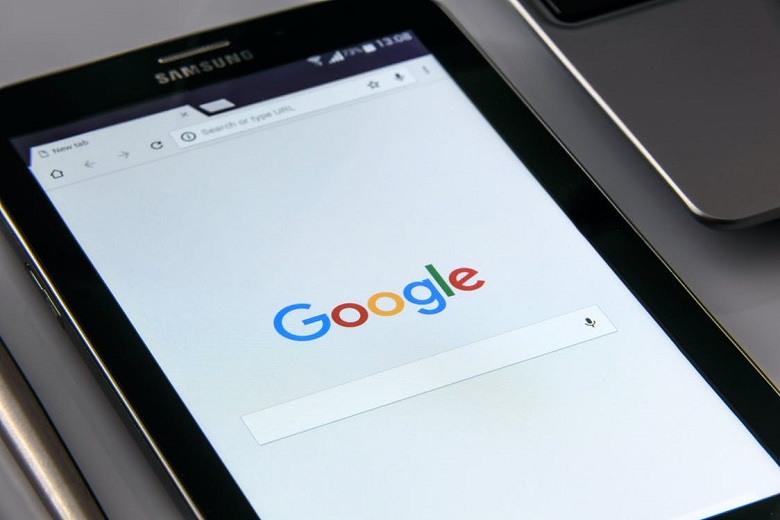Local SEO is one of the most valuable (yet frequently underestimated) digital marketing strategies today. In fact, according to one study, at least 50% of consumers who carry out a local search on their phone will visit that store the very same day!
In other words, if you aren’t ranking well for local SEO, then you could be losing an awful lot of potential business to your competitors.
So, what do you do? How can you improve your local SEO quickly and effectively? Read on and we’ll tell you everything you need to know…
[Source]
1 – Complete and optimise your Google My Business page
The first step to improving your SEO is claiming and optimising your Google My Business page. This is essentially a mini-website that shows up at a business listing for local searches.
You need a physical location and a street address to claim it. Then you can flesh it out with contact info, opening times, images, and more.
2 – Optimise your website with the appropriate keywords
If you have a very specific service area, you must optimise your website accordingly. For example: if you are a plumber and you service all of Sydney and its boroughs, you can start creating pages within your website for each of those dedicated service areas. For example:
- Boiler repair in Hunter’s Hill
- Emergency plumbing services in Burwood
- Burst water pipe services in Mosman.
The more content that you create, relevant to your services – and indeed the local areas in which you operate – the better. And remember, don’t just find and replace the area name; instead, create hyper-relevant content to each individual service area.
It’s not enough to simply say: “SEO Australia”, if you want to work with companies in the suburb in which you are based as well. Be specific!
3 – Receive new, high-quality backlinks
Backlinks are an essential aspect of a successful SEO campaign because each new link acts as a “vote” of sorts – recommending your website. If you reach out to other websites related to your business and interact with your local community (e.g., presenting at a regional business organisation meeting and publishing articles online), you’ll be far more likely to receive natural in-bound links with local keywords associated with your business.
4 – Improve the internal linking structure of your website
Look at the other successful businesses in your area and try to emulate some of the positive user-experience features they have on their website. How easy is it to navigate? How concise in the content? What is the internal linking structure like?
If your website has excellent architecture with links to relevant content, including blogs, key services, and informational pages, your local rankings will see a positive boost.
5 – Create local business profiles
Just as it is important to be present on Google My Business, look at other local business platforms that you can utilise as well, for example:
- Yelp
- Google+
- Trip Advisor.
As the saying goes: “the bigger the net, the more fish you’ll catch”.
That said, it’s not just about having a larger presence; it also provides an excellent opportunity to improve your social proof and bolster your local SEO rankings.
Final thoughts
Don’t forget:
- Optimise your title tags with local keywords
- Insert keywords across multiple listings
- Be authentic
- Provide a virtual tour of your establishment
- Cherish your reputation
- Make sure all information is accurate
- The devil is in the details!

